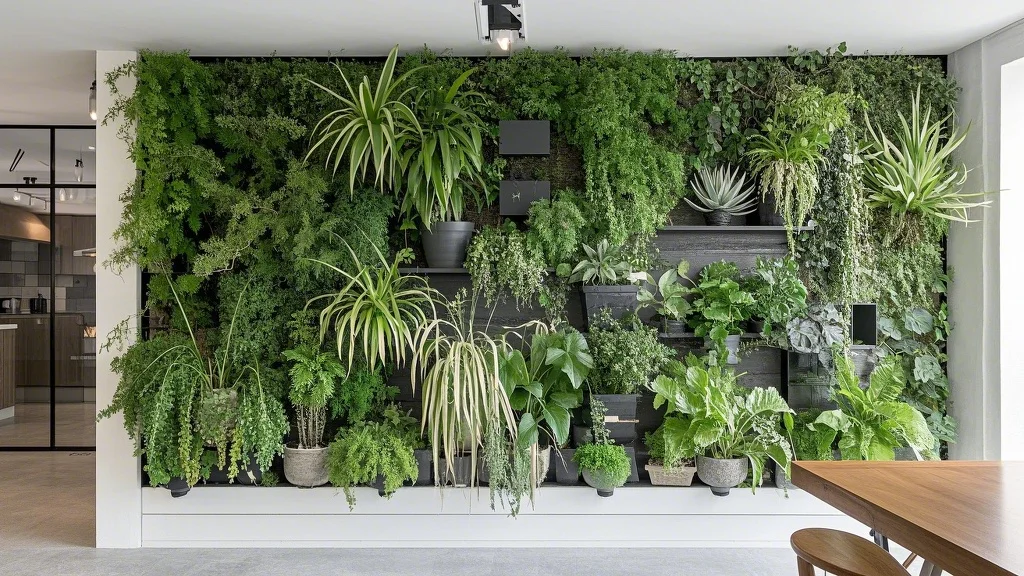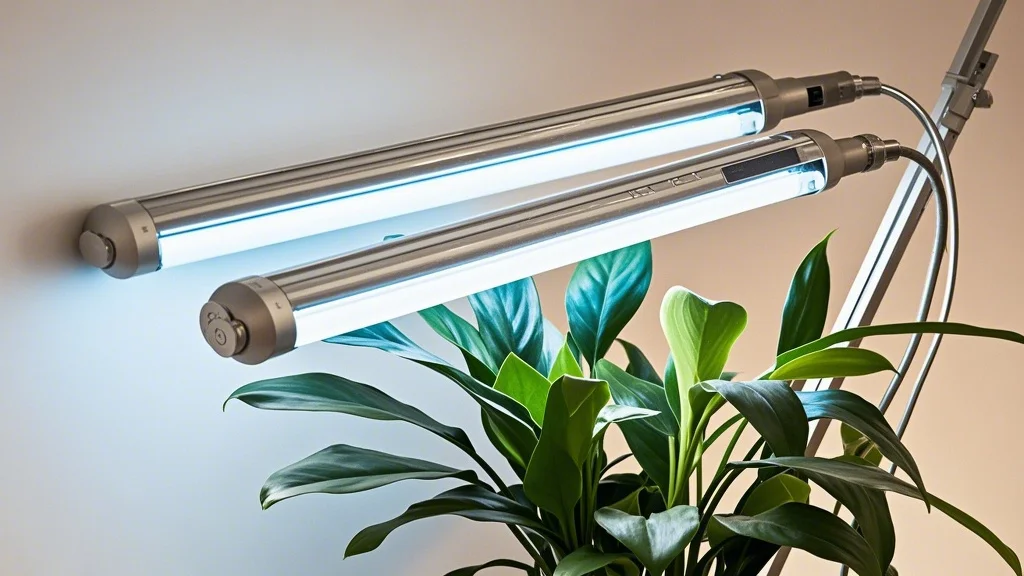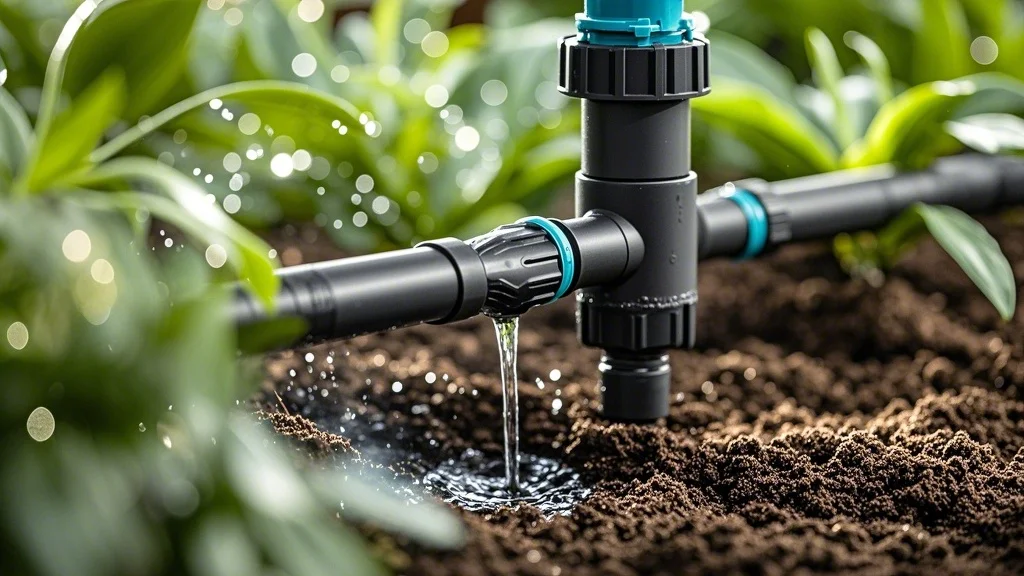Urban gardening continues to evolve, with vertical gardening emerging as a revolutionary solution for space-constrained environments. Among these innovations, modular plant wall systems stand out for their adaptability and expandability. These systems allow urban gardeners to start small and gradually expand their green spaces, making them perfect for those who prefer a phased approach to creating living walls.
Modular plant wall systems offer the freedom to customize your vertical garden according to your space, budget, and evolving plant preferences. Whether you’re a novice looking to start with a few plants or an experienced gardener planning an elaborate living wall, these flexible solutions can accommodate your vision while growing alongside your gardening journey.
Contents
- 1 What Makes a Plant Wall System “Modular”?
- 2 Benefits of Choosing Modular Systems
- 3 Top Modular Plant Wall Systems Compared
- 4 Installation Considerations for Modular Systems
- 5 Plant Selection for Modular Walls
- 6 Maintenance Strategies for Expanding Systems
- 7 DIY Modular Systems: Creating Your Own Flexible Solution
- 8 Case Studies: Successful Modular Wall Evolutions
- 9 Future-Proofing Your Modular Plant Wall
- 10 Conclusion: The Evolving Garden
What Makes a Plant Wall System “Modular”?

A truly modular plant wall system possesses several key characteristics:
- Expandability: The ability to add more units over time without replacing the entire system
- Reconfigurability: Freedom to rearrange components as needs or preferences change
- Standardized connections: Uniform attachment methods that ensure components work together seamlessly
- Scalability: Suitability for both small installations and large-scale projects
- Independent irrigation options: Water management that can grow with your system
These features distinguish modular systems from fixed installations, offering gardeners the flexibility to adapt their vertical gardens as space, budget, and experience levels change.
Benefits of Choosing Modular Systems
For the Planning-Focused Gardener
Modular systems align perfectly with methodical gardening approaches:
- Phased implementation: Start with a core system and expand according to a predetermined plan
- Budget management: Distribute costs over time rather than requiring a large upfront investment
- Design evolution: Adjust your design as you learn what works best in your space
- Risk mitigation: Test concepts on a small scale before committing to larger installations
- Seasonal adaptation: Reconfigure your system to accommodate seasonal plant changes
For the Flexibility Seeker
Those who value adaptability will appreciate these advantages:
- Experimentation freedom: Try different plant combinations without permanent commitment
- Space adaptability: Easily relocate your garden as living situations change
- Customization options: Mix and match components to create a personalized system
- Growth accommodation: Add modules as plants mature or as your collection expands
- Maintenance simplicity: Remove individual modules for plant care without disrupting the entire wall
Top Modular Plant Wall Systems Compared
1. Woolly Pocket Living Wall System
Price Range: $30-$200 depending on configuration
Key Features:
- Breathable felt pockets that prevent overwatering
- Modular design allowing for horizontal and vertical expansion
- Self-watering options available for larger configurations
- Indoor and outdoor compatibility
Best For: Beginners seeking an entry-level system with minimal commitment
Expansion Potential: Medium – can be arranged in various patterns but limited by individual pocket size
Customer Review: “I started with just three pockets and have gradually expanded to twelve over two years. The flexibility to rearrange them seasonally has been perfect for my changing plant interests.” – Maria T., apartment gardener
2. Florafelt Vertical Garden System
Price Range: $100-$1,000+
Key Features:
- Recycled PET felt panels that provide excellent root aeration
- Pocket-based design accommodating plants of various sizes
- Integrated irrigation options for larger installations
- Professional-grade quality suitable for long-term use
Best For: Intermediate gardeners planning substantial living walls
Expansion Potential: High – comprehensive system designed for significant scaling
Customer Review: “The modular nature of Florafelt allowed me to start with a modest 2×2 grid and expand to cover an entire wall over three years. The consistent design makes additions seamless.” – James K., urban garden designer
3. GroVert Living Wall Planter
Price Range: $40-$300
Key Features:
- Self-contained irrigation reservoir in each module
- Interlocking frame system for secure wall mounting
- Pre-planted insert options for instant results
- Moisture mat technology for even water distribution
Best For: Gardeners seeking balance between aesthetics and functionality
Expansion Potential: Medium-High – designed specifically for modular expansion
Customer Review: “I appreciate how each GroVert module functions independently yet connects seamlessly with others. I’ve been able to create an evolving pattern that grows with my confidence.” – Sophia R., home gardening enthusiast
4. Sagegreenlife Verdanta™ System
Price Range: $200-$2,000+
Key Features:
- Proprietary Biotile™ technology for optimal plant health
- Commercial-grade construction suitable for permanent installations
- Sophisticated irrigation system with smart monitoring options
- Architectural design focus with premium aesthetics
Best For: Design-conscious gardeners planning showcase installations
Expansion Potential: High – professional system designed for significant customization
Customer Review: “Though more investment upfront, the Verdanta system’s modularity has allowed me to create a stunning focal point that I’ve expanded three times as my budget allowed.” – Thomas L., interior designer
5. Lechuza Green Wall Home Kit
Price Range: $80-$500
Key Features:
- Self-watering reservoirs in each module
- German-engineered connection system for secure mounting
- Soil-based planting medium familiar to traditional gardeners
- Clean, contemporary aesthetic suitable for modern interiors
Best For: Precision-oriented gardeners who value water management
Expansion Potential: Medium – designed for methodical, planned expansion
Customer Review: “The Lechuza system’s water indicators have been invaluable as I’ve expanded my wall. I can monitor each section independently, which has helped me gain confidence with different plant varieties.” – Emma J., urban apartment gardener
6. Wallygro Pocket Planters
Price Range: $20-$300
Key Features:
- Flexible fabric construction that conforms to various surfaces
- Simple mounting system requiring minimal tools
- Excellent for herbs and smaller plants
- Lightweight design suitable for rental properties
Best For: Renters and those seeking maximum flexibility
Expansion Potential: High – extremely adaptable to different spaces and configurations
Customer Review: “As someone who moves frequently, Wallygro’s modular approach has been perfect. I’ve reconfigured my vertical garden in three different apartments, adding sections as my collection grows.” – David P., frequent relocator
Installation Considerations for Modular Systems
Wall Preparation
Before installing any modular system, consider these factors:
- Weight capacity: Ensure your wall can support the combined weight of the system, plants, soil, and water
- Waterproofing: Install appropriate barriers to protect wall surfaces from moisture
- Mounting options: Identify studs or solid attachment points for secure installation
- Expansion planning: Map out potential growth areas before installing initial modules
- Light assessment: Evaluate natural light patterns to determine optimal placement
Irrigation Planning
Water management becomes increasingly important as your system expands:
- Manual vs. automatic: Consider how irrigation needs will change as your system grows
- Water collection: Plan for runoff management, especially for indoor installations
- Zoning possibilities: Evaluate whether different sections might require varied watering schedules
- Future connections: Install plumbing with expansion capacity if using automated systems
- Maintenance access: Ensure continued access to irrigation components as the system expands
Plant Selection for Modular Walls
Starter Plants for New Systems
Begin with these forgiving varieties that adapt well to vertical conditions:
- Pothos (Epipremnum aureum): Adaptable vine with various cultivars
- Spider Plant (Chlorophytum comosum): Produces plantlets for easy propagation
- Philodendron: Various species offer different leaf shapes and growth habits
- Ferns: Boston and Bird’s Nest varieties perform well in vertical settings
- Succulents: Echeveria and Sedum varieties for sections with bright light
Plants for System Expansion
As you gain confidence and expand your system, consider these additions:
- Calathea: Striking foliage adds visual interest to established walls
- Fittonia (Nerve Plant): Colorful veining creates textural contrast
- Peperomia: Diverse genus with varieties suited to different light conditions
- Begonias: Rex varieties offer dramatic foliage for showcase sections
- Tradescantia: Trailing habit with purple, green, or variegated foliage
Creating Plant Communities
For more advanced modular walls, consider grouping plants with similar needs:
- Tropical Zone: Combine moisture-loving plants like ferns, peace lilies, and calatheas
- Arid Zone: Group succulents, air plants, and other drought-tolerant species
- Herb Section: Dedicate modules to culinary herbs for functional gardening
- Seasonal Display: Reserve sections for rotating seasonal bloomers
- Propagation Area: Designate modules for nurturing cuttings and new plants
Maintenance Strategies for Expanding Systems
Phased Maintenance Approach
As your system grows, implement these strategies:
- Maintenance calendar: Schedule regular care sessions for different sections
- Module rotation: Periodically move units to ensure even light exposure
- Seasonal assessment: Evaluate plant performance quarterly and adjust accordingly
- Documentation: Track plant varieties and their performance in different positions
- Pruning protocol: Establish regular trimming schedules to prevent overcrowding
Tools for Modular System Care
Invest in these specialized tools as your system expands:
- Precision irrigation tools: Long-spout watering cans or targeted irrigation wands
- Modular fertilization system: Liquid fertilizer applicators with measurement controls
- Maintenance ladder or platform: Safe access solution for higher modules
- Plant rotation tools: Specialized hooks or handles for removing and replacing modules
- Monitoring equipment: Moisture meters and light meters to track conditions across your system
DIY Modular Systems: Creating Your Own Flexible Solution
For the hands-on gardener, creating a custom modular system offers maximum flexibility:
Materials Consideration
- Container options: Repurposed plastic containers, fabric pockets, or wooden boxes
- Mounting systems: French cleats, interlocking brackets, or rail systems
- Waterproofing materials: Pond liner, plastic sheeting, or specialized coatings
- Connection mechanisms: Standardized attachment points for future expansion
- Irrigation components: Drip lines, soaker hoses, or self-watering reservoirs
Step-by-Step DIY Approach
- Design your base module: Create a template that can be replicated consistently
- Establish a standard mounting system: Ensure all future modules will connect seamlessly
- Build a prototype: Test your design with a small number of plants before scaling
- Document your process: Record measurements and techniques for future expansion
- Create an expansion timeline: Plan phases for adding modules based on budget and experience
Case Studies: Successful Modular Wall Evolutions
Urban Apartment Transformation

Starting Point: Three Woolly Pocket modules on a kitchen wall
Current State: Fifteen modules covering an entire dining area wall
Timeline: 18 months of gradual expansion
Key Insight: “Starting small allowed me to learn about light patterns in my apartment before committing to the full installation.” – Alex M., urban apartment dweller
Office Biophilic Design Project
Starting Point: Six Sagegreenlife modules in reception area
Current State: Thirty-two modules creating a living brand logo and wellness space
Timeline: Three-phase installation over 24 months
Key Insight: “The modular approach allowed us to distribute costs across multiple fiscal quarters while demonstrating concept success to stakeholders.” – Corporate Wellness Initiative Team
Restaurant Herb Wall Evolution
Starting Point: Small GroVert system with four essential culinary herbs
Current State: Comprehensive chef’s garden with seasonal rotation sections
Timeline: Ongoing expansion over three years
Key Insight: “The flexibility to reconfigure our herb wall seasonally has significantly reduced our produce costs while becoming a distinctive feature of our dining room.” – Chef Patricia L.
Future-Proofing Your Modular Plant Wall
Technology Integration Considerations
As your system grows, consider these technological enhancements:
- Sensor integration: Moisture, light, and temperature monitoring systems
- Automated irrigation: Programmable watering systems with zone control
- Lighting augmentation: Supplemental grow lights for expanding into lower-light areas
- Climate control: Fans or misters for maintaining optimal growing conditions
- Remote monitoring: Smartphone-connected systems for tracking plant health
Sustainability Planning
Ensure your expanding system maintains environmental responsibility:
- Water recirculation: Closed-loop systems that capture and reuse irrigation water
- Energy efficiency: Solar-powered components for irrigation and monitoring
- Material longevity: Components designed for years of use without replacement
- Plant propagation: Self-sustaining system through cuttings and divisions
- Compost integration: On-site processing of plant trimmings and spent media
Conclusion: The Evolving Garden
Modular plant wall systems represent the perfect intersection of planning and flexibility in urban gardening. By starting with a foundation that accommodates future growth, you create a living installation that evolves alongside your gardening journey. Whether you’re working with limited space, a constrained budget, or simply prefer a methodical approach to gardening, these adaptable systems offer a path forward that can be adjusted as your needs change.
The beauty of modular vertical gardening lies not just in the final result but in the journey itself—watching your green space transform incrementally, learning from each addition, and creating a truly personalized living wall that reflects your evolving gardening expertise. As urban spaces continue to challenge traditional gardening approaches, these flexible systems provide a sustainable solution that grows with you, one module at a time.
OwnGardens is dedicated to helping urban gardeners create thriving indoor plant environments. For more information on vertical gardening solutions, plant care tips, and product recommendations, visit our website or subscribe to our monthly newsletter.









